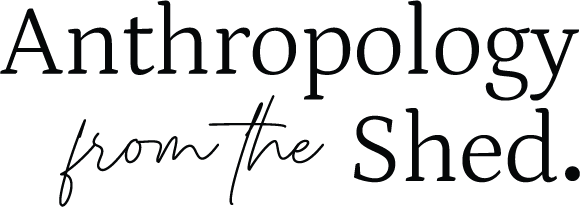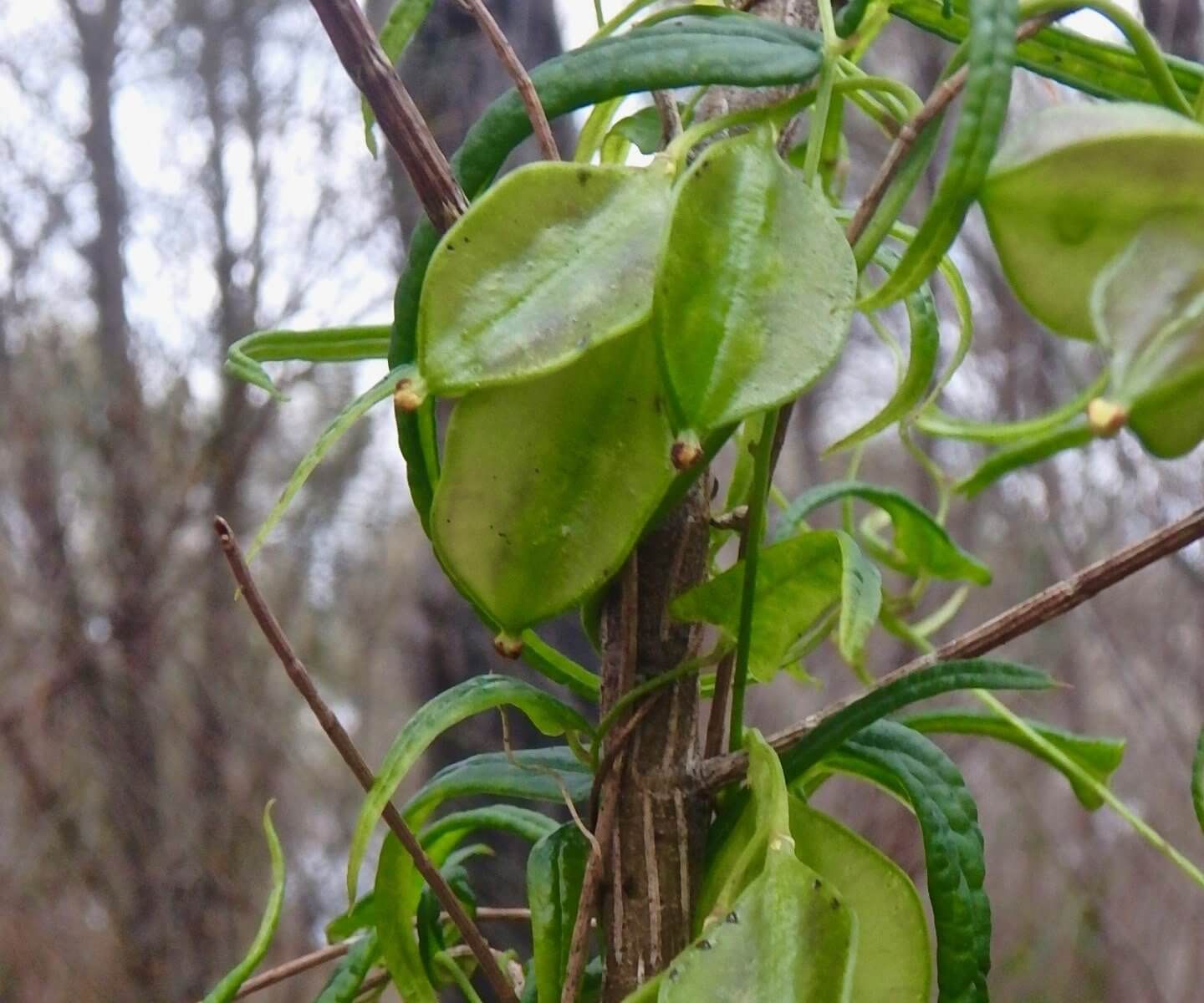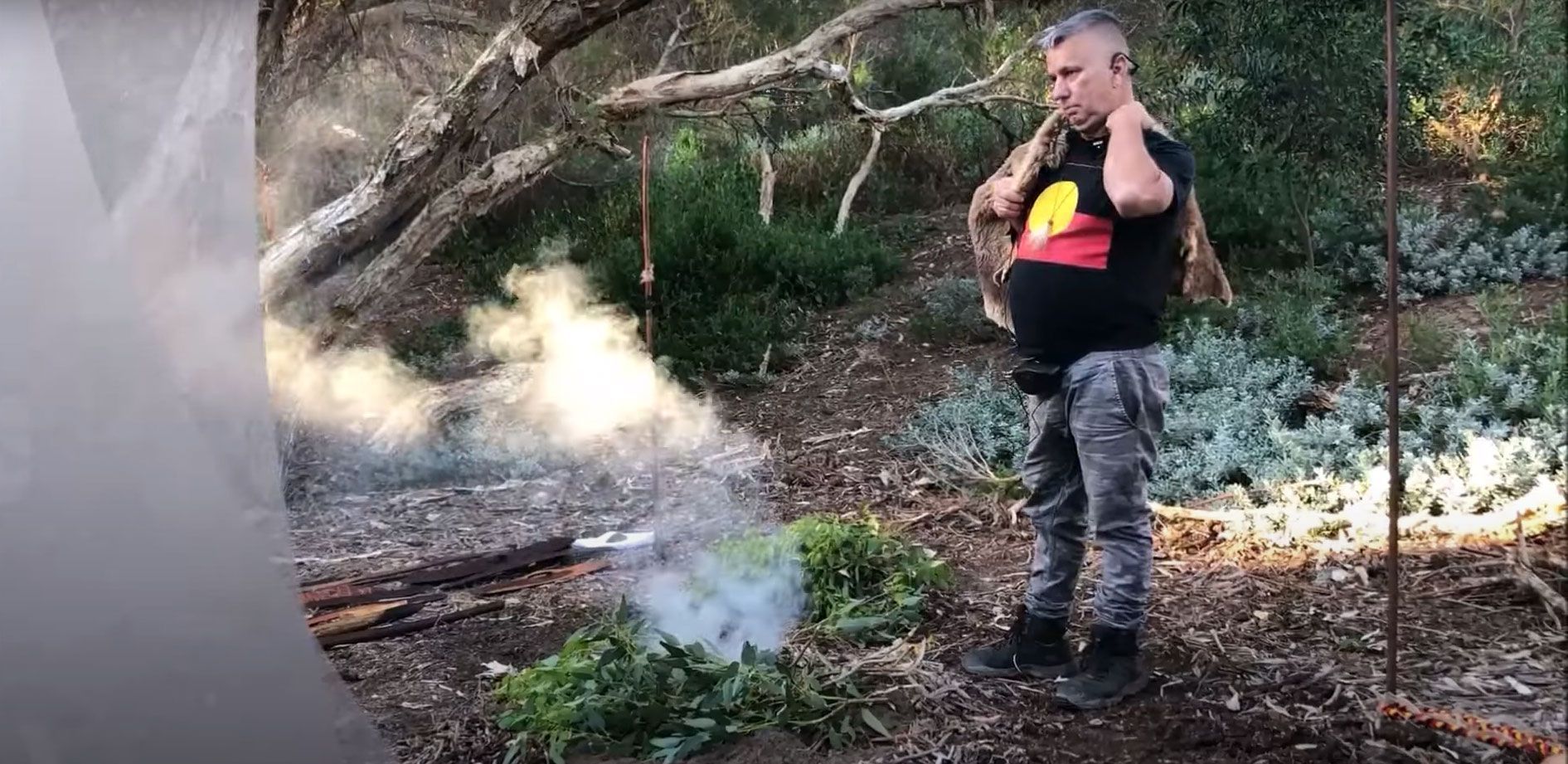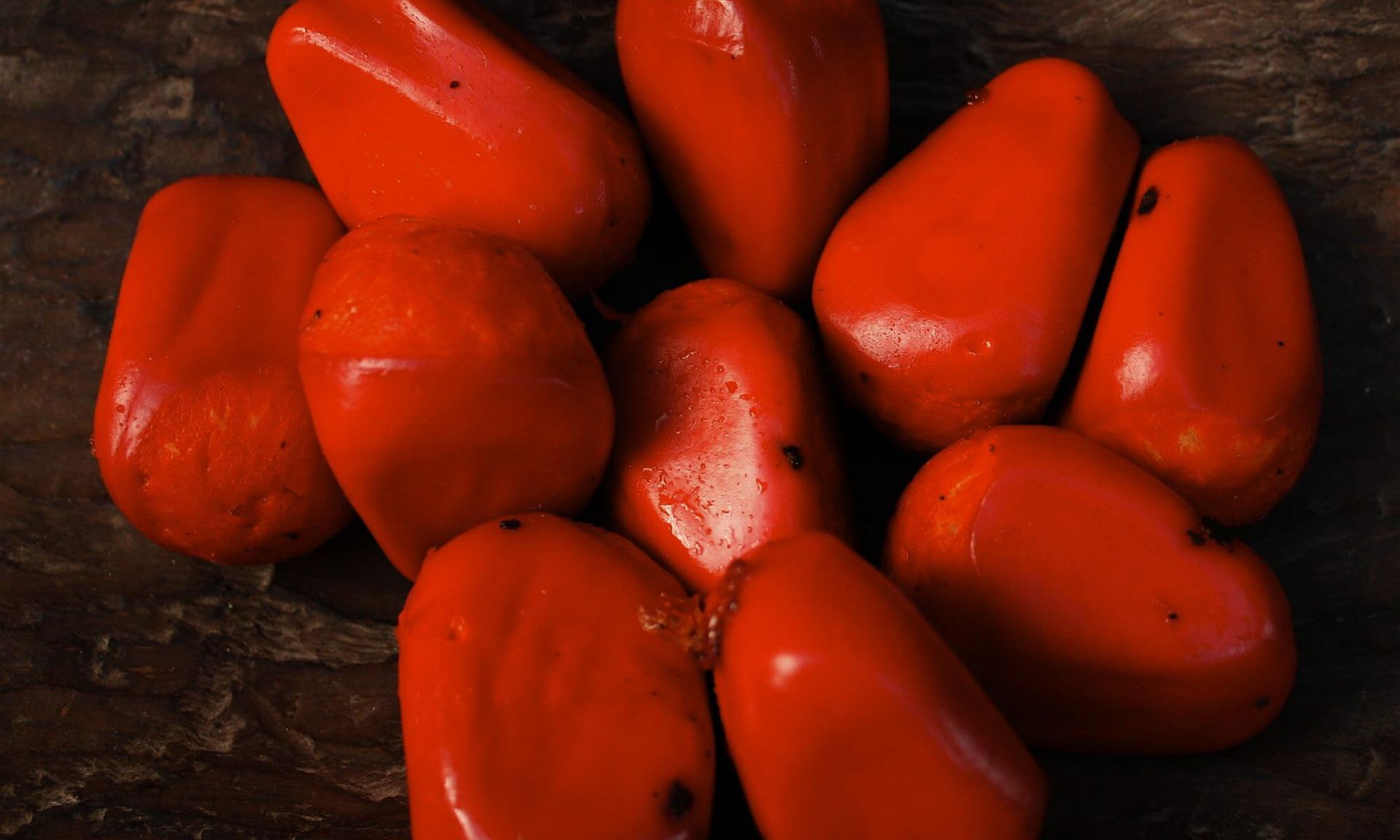Ochre: An Ancient Remedy
Indigenous West Australians once used animal fat mixed together with finely ground red ochre wilgi as a treatment for a range of skin infections and wounds. Greasing the skin with a fatty unguent protected the skin from harmful ultraviolet rays of the sun, insulated the body from the cold and deterred biting insects. When animal fats were not available, plant oils such as sandalwood or quondong nut oil were used as substitutes.
The preparation of ochre according to Daisy Bates was a female occupation. The raw material was generally roasted in a fire to intensify its colour and greasiness, then crushed to a fine powder. The finely powdered ochre was then mixed with animal or vegetable fat to make wilgi. Ochre mixed with water was also used to treat skin infections and wounds, especially when fat was unavailable. In situations where no portable containers were available, the ochre, water and saliva were mixed together in the mouth and sprayed onto the affected part of the body.
Finely powdered ochre mixed with Acacia ash was applied as a drying agent to suppurating wounds as well as fresh spear wounds. Nind (1831) describes the use of ochre, what he refers to as ‘a little dust, similar to what is used for pigment.’ This was probably efficacious in staunching the bleeding and disinfecting the wound.
‘They are very skilful in extracting the weapon, after which they apply a little dust, similar to what is used for pigment, and then bind the wound up tightly with soft bark.’ (Nind 1831 in Green 1979:43)
For more details, see our article https://www.anthropologyfromtheshed.com/ochre-an-ancient-health-giving-cosmetic



